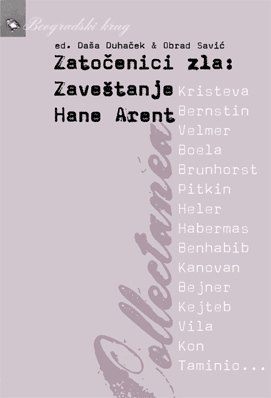
We kindly inform you that, as long as the subject affiliation of our 300.000+ articles is in progress, you might get unsufficient or no results on your third level or second level search. In this case, please broaden your search criteria.

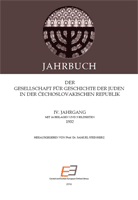
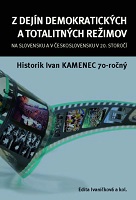
Dejiny sú jedným z najpozoruhodnejších, ale aj jedným z najkomplikovanejších fenoménov ľudskej existencie. Pochopiť ich priebeh, smerovanie, ale aj ich napĺňanie ľudskou činnosťou nie je jednoduché ani len na pohľad. No i napriek tomu, resp. práve preto, musí historická veda, ktorá dostala do vienka úlohu zmapovať ľudskú spoločnosť v jej vývoji, pozorne sledovať všetky stránky jej života, mapovať ich vzájomné dotyky, ich prelínanie, ich konflikty, aby mohla vo fáze syntézy načrtnúť základné tendencie historického vývoja. A tak potom tzv. „veľké dejiny“ s celoštátnym či celonárodným charakterom prezentujú verejnosti proces, ktorým prešla spoločnosť v skúmanom historickom období. Súčasne ukazujú, čo všetko ho determinovalo a posúvalo do tej či onej polohy a ako sa tento proces javil a javí navonok. To následne umožňuje historikom vysloviť charakteristiku spoločnosti a urobiť súd o výsledkoch svojho poznania. No a v tomto okamihu môže bádateľ odrazu stáť na „tenkom ľade“. Jeho charakteristika, ktorá naozaj platí na široké spoločenstvo, v istom momente stráca svoju platnosť. Stráca ju vlastne vtedy, keď ju chceme mechanicky aplikovať na jednotlivé zložky spoločnosti, na ich vývoj, na ich vlastné „malé“ dejiny.
More...
Ochrana národnostných a rasových menšín, zakotvená vo versaillských mierových zmluvách a vzťahujúca sa i na Nemecko, nielenže v tejto krajine od roku 1933 prestala platiť, ale do popredia sa dostal nový fenomén – úplné popretie rovnosti človeka pred zákonom, predovšetkým na základe rasového princípu. Pri transformácii demokratického politického systému na nový – totalitný – došlo teda v chápaní vzťahu politiky a práva k zásadným zmenám. Nemeckí národní socialisti, vychádzajúc z ideologických zásad Hitlerovho Mein Kampf presadili názor, že zákony nepomôžu, dôležitejšia je vraj „instinktivně cítěná potřeba německého národa“. V týchto intenciách vyhlásil roku 1933 poslanec ríšskeho snemu za NSDAP Dr. Freisler: „Co pak tu záleží na nějakém rozhodnutí státního dvora! Pryč se směšnou posvátností paragrafů! Národ přece neobětuje vlastní život pro pár paragrafů.“ Pre tých, ktorým totalitná ideológia imponovala, to znamenalo prekročenie morálneho Rubikonu. „Podle nacistické theorie je zákon toliko zbraní v politickém boji. Kerrl, státní úředník, který se stal ministrem spravedlnosti v Prusku, tvrdil v prvních dnech revoluce, že se zákon musí zbavit posedlosti ‘mrtvou objektivností’, tohoto žalostného dědictví liberalismu. Hitler tento názor schválil.“
More...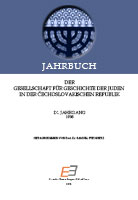
Hardly any part of the history of the Jews has so far been as neglected as the legal history of the Jews in medieval and modern times. It is a special, however very large scientific area, even an independent science with wide branching, comprising an era of about one and a half millennia, based on both history as well as on law, offering an undreamt-of abundance of legal historical material and historical, legal and sociological problems presents. These aspects have almost entirely eluded, even to the present day, any systematic scientific work, any historical collection, judicial comprehension and sociological lighting. And yet today, less than ever, a particular justification for the importance of this field of research is needed.
More...
A source not unimportant to the history of the Jews in the Middle Ages are the responses and the decisoric works of the Jewish scholars. It is true that the historical moment in the treatment of the historical substance takes a back seat, because both the questioner and the spender of the ans-wer are concerned with the decision of the ritual law, but the historical core is all the more diffe-rent from the treated law topic. (Comprehensive in the Yearbook of the Society, VIII, B. Suler "Rabbinische Geschichtsquellen p. 27 ff.) In this regard, the work of Rabbi Yitzhak Or Sarua deserves special attention.
More...
The excerpts from 33 Responses of Rabbi Israel ben R. Chajim Bruna used here are divided into 21 pieces according to the individual events, each piece comprising the entire material, even if it is taken from various responses, which refers to the relevant event. The majority of them are of great and greatest importance for the history or cultural history of the Jews in Bohemia, Moravia and Silesia in the 15th century. Here is a brief overview of the content and the value of the more important pieces of interest to us, which should also serve as an explanation of the events and instructions for a deeper understanding of the context.
More...
In the following, the festive days of Purim and Megilloth, as far as they relate to Prague and Bohemia, are listed, and, besides those which have already been published and are mentioned here only very briefly, the others are discussed in some detail. Additionally to the Megillath-Samuel, belonging to the more important ones in content and size, is completely reproduced.
More...
The purpose of this work is not to set out in detail the basics and presuppositions of Jewish mysticism; nor is it our intention to detail the curriculum of the leaders of Sabbatianism, Sabbatai Zewi and Jakob Josef Frank and their prominent confessors. In our narrative we only want to limit ourselves to a concise overview of the lives of the two sectarians and their basic doctrines. In more detail, we only want to deal with those times when their heresies began to invade the Bohemian lands, and describe how they were received here and what attacks and struggles they faced here. That's why our study is in two parts. The first part will contain a brief overview of the life and teachings of Jakob Josef Frank with a more detailed account of his stay in Moravia, written on the basis of new and previously unused material. The second part will be dedicated to the end of Frank's life and especially the persecution of his Prague followers by the advocates of the ruling Jewish orthodoxy around 1800; Also for this purpose previously unknown archive sources were used. The dogmatic side of these struggles remains unnoticed, because the ideological and religious content of the teachings of Frank and the religious foundations of Sabbatai Zewi are not connected with the history of Jewry in the Bohemian lands, but are well known from the previous literature. The present work will pay particular attention to essential events and real facts in order to enrich historical knowledge about the spread of Frankism and its propaganda in the Czech lands. The events are to be faithfully described according to the sources, without the intention of favoring any of the hostile parties; sharp failures against one or the other party will always be only the echo of the sources in their wording or in faithful paraphrase.
More...
The history of the Jewish community in Telč (Moravia), which numbered 93 souls as late as 1921, has not yet been published, with the exception of a few short notes by Beringer and Janousek on the history of the city and the rule of Teltsch (Telč). And yet the history of this small Jewish community provides us with events of general interest. So the otherwise seldom found fact that in 1651 the city purchased from its landlord Wilhelm Count Slawata the establishment of a numerus clausus of only three Jewish families by obliging them to pay a Jewish tax (Židoplat) per 30 fl to be paid to the count's pension in two half-yearly installments. The trial of the brothers Josef and Moses Hesky, who were accused of fraudulent bankruptcy in 1667, is neither without general interest, since a case of magistrate justice against bankrupt Jews, if the believers were Christians, is presented here. Finally, we are also shown that Christian tradespeople repeatedly complained about the competition of the Jewish traders against the competition of Jewish merchants, not only the authorities and the state authorities, but also that the latter in their shops (as in a modern department store) peddle a larger number of different categories of commodities. Also interesting are the reasons which the Teltsch Jews cite for the fact that the Jewish trader does not specialize in a single type of commodity in his trade like the Christian one.
More...
On March 25, 1832, the wealthy Prague Jewish merchant Jakob Dormitzer, probably under the influence of a request in the Prague newspaper of March 1 of the same year, which will be discussed further, presented a memorandum to the Prague Gubernial Presidium to carry out the necessary improvements to Jewish customs and conventions, and did not even shy away from the then revolutionary proposal to postpone the Jewish Sabbath holiday to Sunday in order to assimilate the Jews of the Christian population. All the better Jews - Dormitzer argued - would realize that it was necessary to remove from Jewish customs everything that is inappropriate today and has its origins in times of long persecution and contemptuous treatment of the Jews. In grateful remembrance of the fact that the Austrian government was the first in Europe to call the Jews to defend their country, Dormitzer recommended the introduction of Reformed Jewish worship in the Vienna and Pester Muster synagogues and the relocation of the Saturday holiday to Sunday, an amendment whose permissibility and usefulness are allegedly proven by strict orthodox principles. Dormitzer relied in support of his radical proposal on a booklet of Chief Rabbi Aron Chorin from Arad: "The faithful messenger to his fellow religious", of which he enclosed a copy in his memorandum and in which he himself (on page 16) is quoted with his views under the pseudonym Jakob. Of course, Dormitzer's unusual proposal required a thorough consideration by the provincial authorities, who were always very cautious in Jewish matters in order to avoid, in particular, the awakening of religious passions He did not, however, express any concern that the Jewish religious leaders might object to Dormitzer's radical suggestion, and therefore called on the town captain to discuss both the mayor of Prague and the Antra Gierer and some more educated Prague Jews, especially on the question whether the transfer of the Jewish holiday to Sunday according to religious principles was permissible at all.
More...

Tobias Jakobovits has dedicated an in-depth study of the Jewish badges in Bohemia. (Jahrbuch der Gesellschaft für Geschichte der Juden…, Vol III., Prag 1931, pp.. 145 ff.) Amongst these badges, the yellow spot ordered by Maria Theresia in 1750 played its defamatory role the longest and only in 1781 did this remnant of a bad time disappear. Jakobovits shows in detail the drudgery that arose the Prague Jews from occasional violations of the ordinance, which was directed primarily against the unmarried Jews, since the married people were already marked by the beards. In addition to the files which he refers to, which relate to the yellow spot, there are also some documents in the Vienna State Archives of the Interior and the Judiciary, which record the facts of some transgressions of this kind and are therefore extensively communicated here as a supplement to the work of Jakobovits.
More...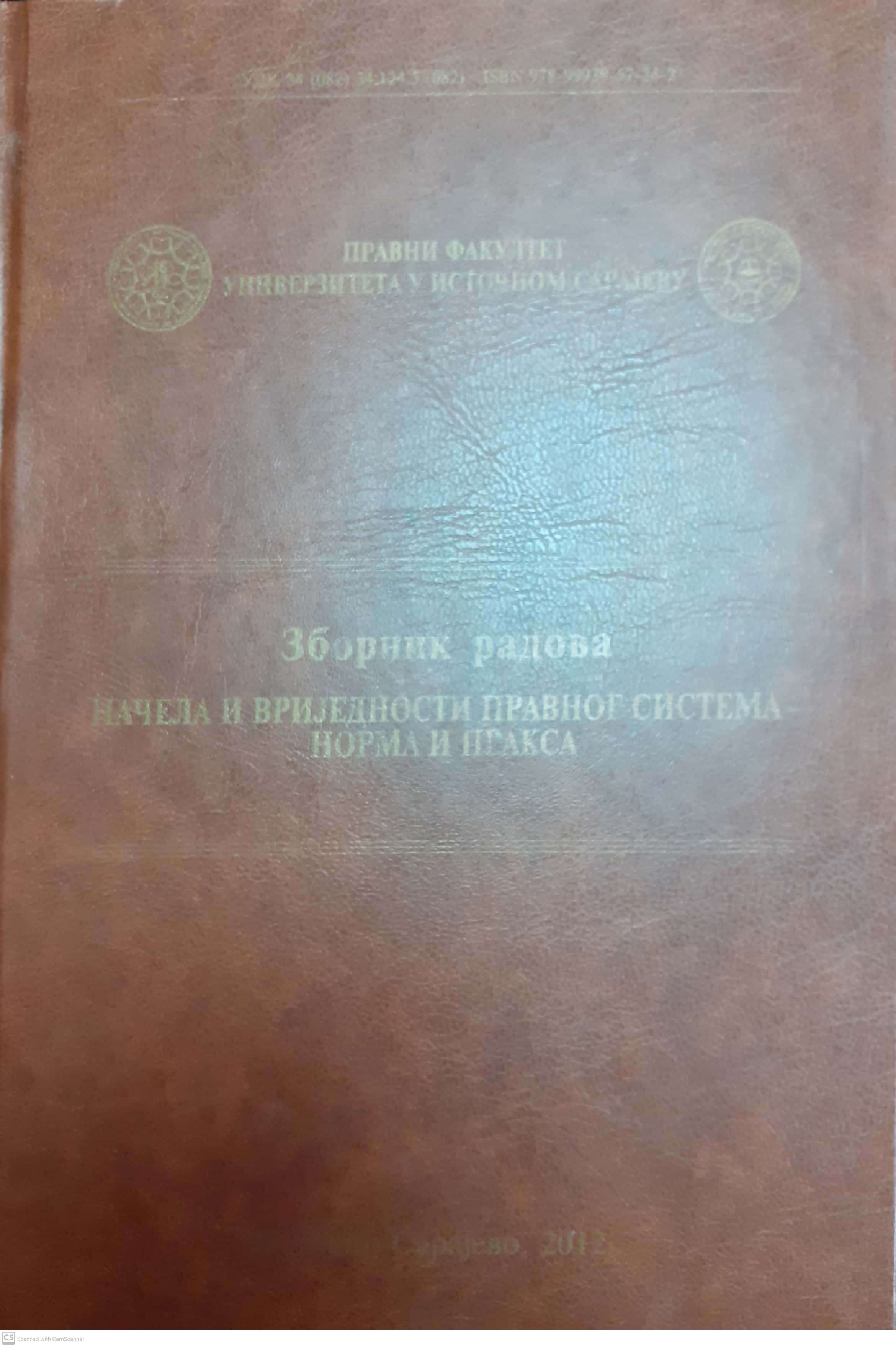
The author deals with the relationship between the Vatican, through its system of legal and ethical values, to women and Jews. Then the relationship of law and ethics is transferred to the field of modern society, considering the different views of the genocide, some of which are unethical and based on a distinctive conception of genocide in the light of political and ideological needs.
More...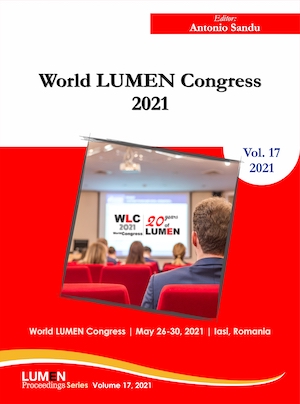
Grounded on Giorgio Agamben's assertion that once the historical, technical and legal context of the Jewish genocide has been sufficiently clarified, we are facing a serious challenge when we really seek to understand it and becomes more thought-provoking when we try to represent it. The difference between what we know about the Holocaust and how this delicate issue should be represented is facing major challenges in the context of content abundance on both Holocaust classical analyses or contemporary digital formats.Contemporary society is facing ethical and emotional limitation regarding Holocaust representation. What is the right way to represent the Holocaust after eight decades since the Holocaust took place is one of the relevant questions that arises in this context? How to live, what to do, and how do the consequences of my actions affect society after the Holocaust experience,are some of the quests of Elie Wiesel’s life. The paper will highlight how his storytelling provides some guidelines for shaping a possible good way of representing the Holocaust and what are its resources. It will also illustrate what are the ethical components of his storytelling that constitute an example of ethical conduct and give some relevant suggestions on how to instrument them in order to place Holocaust representation on a progressive way of reflection.
More...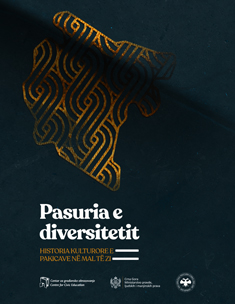
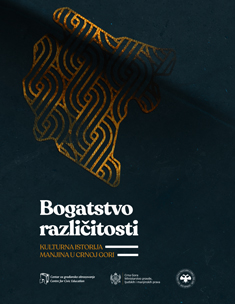
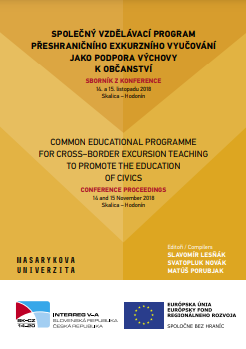
Trnava has a specific significance in the religious history of Slovakia, and in some historical periods this importance extends beyond the boundaries of Slovakia and, at the same time, it acquires a dimension that extends to other than religious and confessional aspects of society. The paper deals with the key problems of Trnava’s position in religious life, focusing largely on the importance of the town in the history of the Catholic Church from the Middle Ages up to the 20th century. In addition, it focuses on the history of the Evangelical Church of the Augsburg Confession and the Jewish religion as the confession which also shaped the history of the town. The issue is explored from the point of view of the possibilities of using the results for the preparation of excursion education, paying attention to specific places in Trnava which could be used for excursions.
More...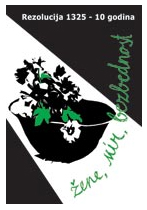

Cílem je demonstrovat problematiku židovských dějin vysvětlením a v některých případech pokusem o vyvrácení určitých zažitých stereotypů. Problematika Židů v dějinách je velmi často spojena pouze s holocaustem a dějinami 20. století. Velmi často je upozaďován výklad židovského všedního života vzhledem k jejich kulturnímu a vědeckému přínosu pro společnost. Cílem je prostřednictvím pochopení určitých pojmů „nastartovat“ vidění minulosti ve světě kolem nás. Důležitou součástí je práce s digitalizovanými prameny, které mohou napomoci pochopení historie, a to zejména v regionálním kontextu.
More...